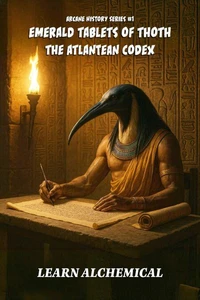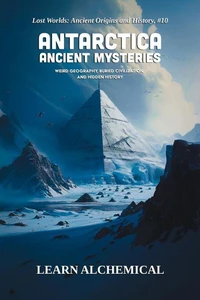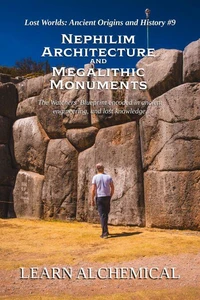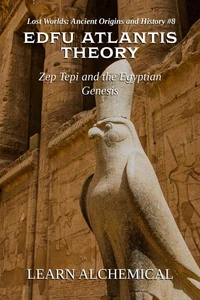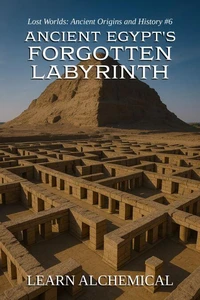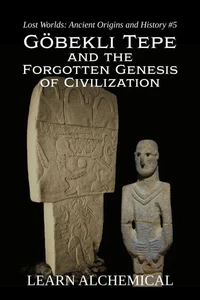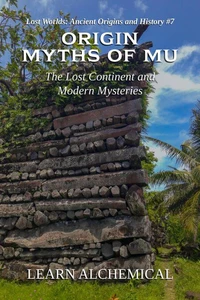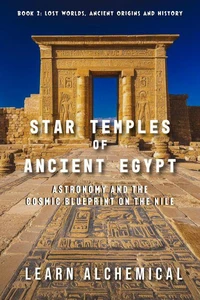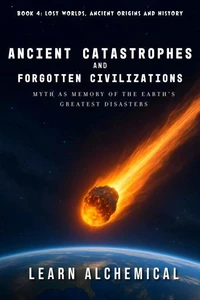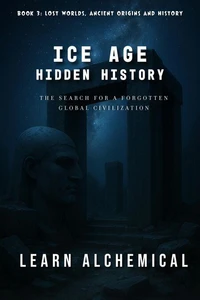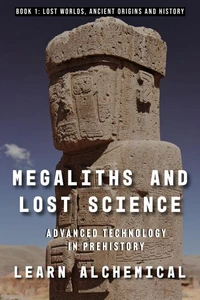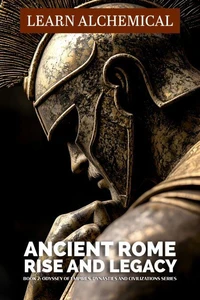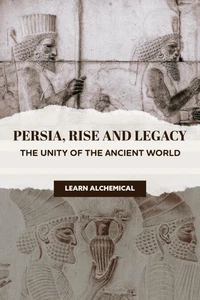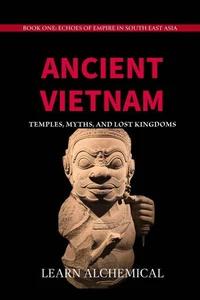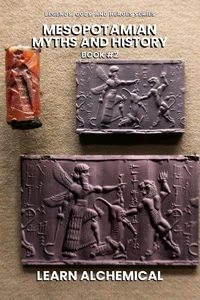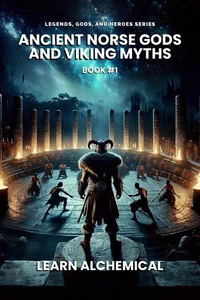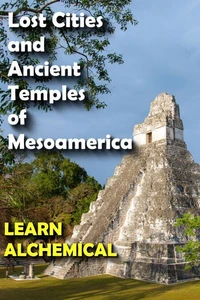Ancient Rome: Conquest and Empire. Odyssey of Empires, Dynasties and Civilzations, #3
Par :Formats :
Disponible dans votre compte client Decitre ou Furet du Nord dès validation de votre commande. Le format ePub est :
- Compatible avec une lecture sur My Vivlio (smartphone, tablette, ordinateur)
- Compatible avec une lecture sur liseuses Vivlio
- Pour les liseuses autres que Vivlio, vous devez utiliser le logiciel Adobe Digital Edition. Non compatible avec la lecture sur les liseuses Kindle, Remarkable et Sony
 , qui est-ce ?
, qui est-ce ?Notre partenaire de plateforme de lecture numérique où vous retrouverez l'ensemble de vos ebooks gratuitement
Pour en savoir plus sur nos ebooks, consultez notre aide en ligne ici
- FormatePub
- ISBN8231187256
- EAN9798231187256
- Date de parution18/08/2025
- Protection num.pas de protection
- Infos supplémentairesepub
- ÉditeurWalzone Press
Résumé
From a small cluster of huts along the Tiber to the greatest empire the ancient world had ever seen, the story of Rome is one of ambition, violence, innovation, and endurance. This book traces the rise of the Roman Republic, its transformation into an imperial powerhouse, and the cultural forces that bound together a realm stretching from the misty shores of Britain to the sands of Egypt. Across its pages, readers will encounter the raw drama of political life in the Forum, where senators and emperors vied for control, and where laws like the Twelve Tables laid the foundations for Western legal thought.
They will march with legions across Gaul and Judea, follow governors and tax collectors into the provinces, and witness the lives of ordinary citizens who navigated the privileges and burdens of Roman rule. But Rome was more than armies and laws-it was a civilization of astonishing creativity. Mosaics and frescoes decorated villas, triumphal arches proclaimed victories, poets like Virgil and Ovid reshaped cultural identity, and monuments such as the Colosseum staged spectacles of glory and brutality.
The book also brings to life Rome's extraordinary advances in medicine, engineering, and science-its aqueducts, concrete, and timekeeping-before following the empire into its crises: provincial revolts, civil wars, the reforms of Diocletian and Constantine, and the long shadow of the empire's division and fall. Bringing together politics, law, culture, and legacy, this is not just the story of emperors and generals, but of Rome's people-citizens, slaves, provincials, and outsiders whose voices still echo in the ruins and the texts they left behind.
Sweeping in scope yet rich in detail, Rome: Conquest, Power, and Legacy explores how the empire that once ruled the known world continues to shape our own.
They will march with legions across Gaul and Judea, follow governors and tax collectors into the provinces, and witness the lives of ordinary citizens who navigated the privileges and burdens of Roman rule. But Rome was more than armies and laws-it was a civilization of astonishing creativity. Mosaics and frescoes decorated villas, triumphal arches proclaimed victories, poets like Virgil and Ovid reshaped cultural identity, and monuments such as the Colosseum staged spectacles of glory and brutality.
The book also brings to life Rome's extraordinary advances in medicine, engineering, and science-its aqueducts, concrete, and timekeeping-before following the empire into its crises: provincial revolts, civil wars, the reforms of Diocletian and Constantine, and the long shadow of the empire's division and fall. Bringing together politics, law, culture, and legacy, this is not just the story of emperors and generals, but of Rome's people-citizens, slaves, provincials, and outsiders whose voices still echo in the ruins and the texts they left behind.
Sweeping in scope yet rich in detail, Rome: Conquest, Power, and Legacy explores how the empire that once ruled the known world continues to shape our own.
From a small cluster of huts along the Tiber to the greatest empire the ancient world had ever seen, the story of Rome is one of ambition, violence, innovation, and endurance. This book traces the rise of the Roman Republic, its transformation into an imperial powerhouse, and the cultural forces that bound together a realm stretching from the misty shores of Britain to the sands of Egypt. Across its pages, readers will encounter the raw drama of political life in the Forum, where senators and emperors vied for control, and where laws like the Twelve Tables laid the foundations for Western legal thought.
They will march with legions across Gaul and Judea, follow governors and tax collectors into the provinces, and witness the lives of ordinary citizens who navigated the privileges and burdens of Roman rule. But Rome was more than armies and laws-it was a civilization of astonishing creativity. Mosaics and frescoes decorated villas, triumphal arches proclaimed victories, poets like Virgil and Ovid reshaped cultural identity, and monuments such as the Colosseum staged spectacles of glory and brutality.
The book also brings to life Rome's extraordinary advances in medicine, engineering, and science-its aqueducts, concrete, and timekeeping-before following the empire into its crises: provincial revolts, civil wars, the reforms of Diocletian and Constantine, and the long shadow of the empire's division and fall. Bringing together politics, law, culture, and legacy, this is not just the story of emperors and generals, but of Rome's people-citizens, slaves, provincials, and outsiders whose voices still echo in the ruins and the texts they left behind.
Sweeping in scope yet rich in detail, Rome: Conquest, Power, and Legacy explores how the empire that once ruled the known world continues to shape our own.
They will march with legions across Gaul and Judea, follow governors and tax collectors into the provinces, and witness the lives of ordinary citizens who navigated the privileges and burdens of Roman rule. But Rome was more than armies and laws-it was a civilization of astonishing creativity. Mosaics and frescoes decorated villas, triumphal arches proclaimed victories, poets like Virgil and Ovid reshaped cultural identity, and monuments such as the Colosseum staged spectacles of glory and brutality.
The book also brings to life Rome's extraordinary advances in medicine, engineering, and science-its aqueducts, concrete, and timekeeping-before following the empire into its crises: provincial revolts, civil wars, the reforms of Diocletian and Constantine, and the long shadow of the empire's division and fall. Bringing together politics, law, culture, and legacy, this is not just the story of emperors and generals, but of Rome's people-citizens, slaves, provincials, and outsiders whose voices still echo in the ruins and the texts they left behind.
Sweeping in scope yet rich in detail, Rome: Conquest, Power, and Legacy explores how the empire that once ruled the known world continues to shape our own.




